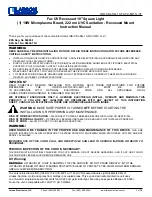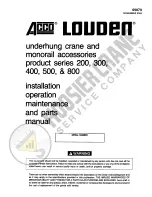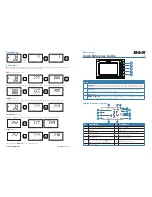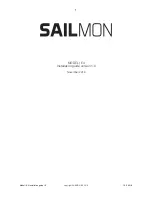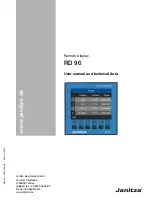
During sanitation, UV-C light in large, concentrated doses causes RNA and DNA mutations in
microbes during absorption. The ideal wavelength for peak absorptivity occurs at wavelengths
of 254nm to 262nm (for traditional UV sanitation) and 222 nm. According to a 2012 study
published in US National Library of Medicine National Institutes of Health, UV-C treatment has
the following devastating effects on microbes:
“The light
-induced damage to the DNA and RNA of a microorganism often results from the
dimerization of pyrimidine molecules. In particular, thymine (which is only found only in DNA)
produces cyclobutane dimers. When thymine molecules are dimerized, it becomes very difficult
for the nucleic acids to replicate and if replication does occur it often produces a defect that
prevents the microorganism from being viable.”
It should be emphasized that when enough thymine dimers are made in the cell, DNA
replicated in cell mitosis ceases. This deactivation mechanism is also applicable to viruses that
only have RNA, i.e. “
photochemical dimerization reaction takes place between two uracil
bases
”. UV sanitation of an area is considered successful when the virus or bacteria is
deactivated and reproductive capabilities are significantly reduced or stopped. Such objectives
prevent the microbe from spreading and decreases the rate of infection (for harmful viruses or
bacteria). Higher UV doses must be applied to bacteria that is capable of actively repairing
thymine dimers.
Far-UV 222 nm and conventional 254 nm UV light utilizes the same mechanism (as described
above) to eliminate microorganisms on surfaces and in the air. Both types of UV bands are
capable of achieving above 99 percent inactivation rates. Choosing between the two artificial
light sources depend on other factors, such as cost, area of deployment, etc.
4.0 Far UV-C 222 nm
Far-UV 222 nm bands have intense germicidal properties with decreased risks of photo-
reactivation, which are considered to be eye and skin safe for humans. Excimer lamps that offer
222 nm are energy efficient, non-toxic and easily disposable at the end of their expected
lifecycle.
4.1 UV 222 nm Wavelength Properties
Far-UV 222 nm light is at the low range of the UV-C spectrum. Leveraging its germicidal abilities,
this UV band is capable of inactivating harmful microbes. The 222 nm wavelength is particularly
effective in disrupting chemical bonds in dangerous or toxic gases and bio-toxins, according to
Edward Neister in US Patent US59362605P
5
. In the 2006 patent, Neister also highlighted that
UV absorption by cells to the DNA increases as the UV band decreases. Applying this
observation in comparing the properties of 222 nm and 254 nm, the far-UV band could achieve

